Growth in Industrial Automation
The optical sensing market benefits from the growth in industrial automation, which is transforming manufacturing processes across the United States. Optical sensors are increasingly employed in automation systems for applications such as quality control, process monitoring, and safety measures. The market for industrial automation is projected to reach $300 billion by 2027, with optical sensing technologies being integral to achieving higher efficiency and productivity. These sensors provide real-time data and insights, enabling manufacturers to optimize operations and reduce downtime. As industries continue to adopt automation solutions, the demand for optical sensing technologies is expected to rise, further propelling the market forward. This trend indicates a robust future for the optical sensing market as it aligns with the broader shift towards automation in various sectors.
Rising Demand for Smart Devices
The optical sensing market is significantly influenced by the rising demand for smart devices across various sectors. As consumers increasingly seek advanced functionalities in their electronic devices, manufacturers are integrating optical sensors to enhance user experience. For instance, optical sensors are utilized in smartphones for features such as facial recognition and ambient light detection. The market for smart devices is expected to reach $500 billion by 2026, with optical sensing technologies playing a crucial role in this growth. This trend is further supported by the proliferation of the Internet of Things (IoT), where optical sensors are essential for data collection and analysis. Consequently, the optical sensing market is likely to expand as manufacturers continue to innovate and incorporate these technologies into their products.
Increased Investment in Research and Development
The optical sensing market is boosted by increased investment in research and development (R&D) activities. Companies are allocating substantial resources to innovate and enhance optical sensing technologies, aiming to improve performance and reduce costs. This focus on R&D is crucial for developing next-generation sensors that can meet the evolving needs of various industries. The optical sensing market is projected to grow at a CAGR of 9% from 2025 to 2030, partly due to these investments. Furthermore, collaborations between academic institutions and industry players are fostering innovation and accelerating the development of new applications. As a result, the optical sensing market is likely to benefit from a continuous influx of advanced technologies and solutions, positioning it for sustained growth in the coming years.
Emerging Applications in Environmental Monitoring
The optical sensing market is witnessing growth due to emerging applications in environmental monitoring. As concerns about climate change and pollution intensify, there is a growing need for accurate and reliable monitoring systems. Optical sensors are utilized for measuring air quality, water quality, and other environmental parameters. The market for environmental monitoring is anticipated to reach $20 billion by 2028, with optical sensing technologies playing a pivotal role in providing real-time data for regulatory compliance and public health. This trend highlights the increasing importance of optical sensors in addressing environmental challenges and ensuring sustainable practices. As regulations become more stringent, the optical sensing market is likely to expand, driven by the demand for innovative monitoring solutions.
Technological Advancements in Sensing Technologies
The optical sensing market is experiencing a surge due to rapid technological advancements in sensing technologies. Innovations in photonic devices, such as photodetectors and optical fibers, are enhancing the performance and efficiency of optical sensors. These advancements enable higher sensitivity and accuracy in various applications, including industrial automation and environmental monitoring. The market is projected to grow at a CAGR of approximately 10% from 2025 to 2030, driven by the increasing demand for precise measurement and monitoring solutions. Furthermore, the integration of artificial intelligence with optical sensing technologies is likely to create new opportunities for the industry, allowing for smarter and more efficient systems. As a result, the optical sensing market is poised for significant growth, reflecting the ongoing evolution of technology in the United States.

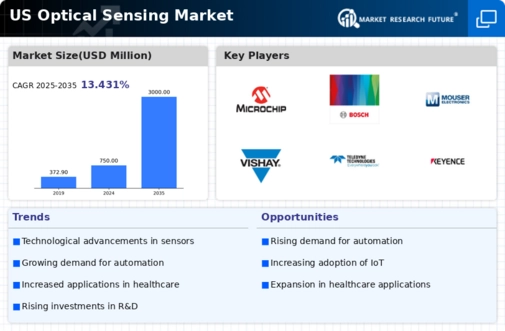
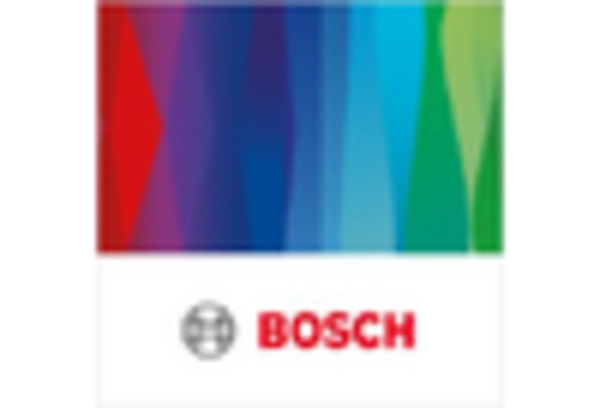
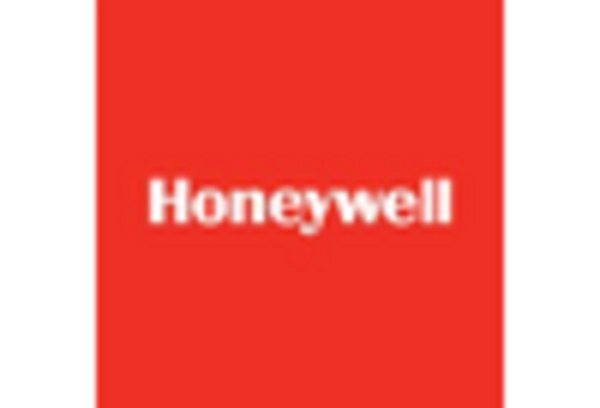

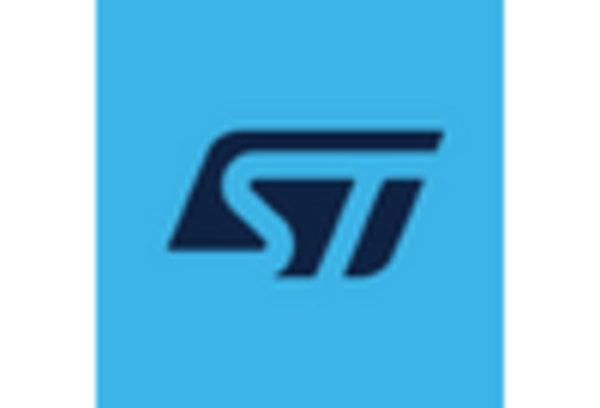
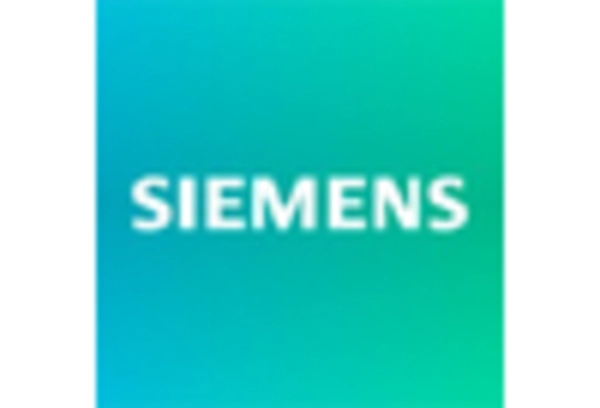
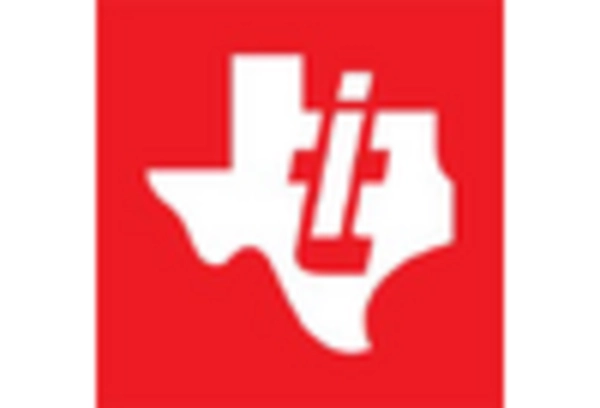








Leave a Comment